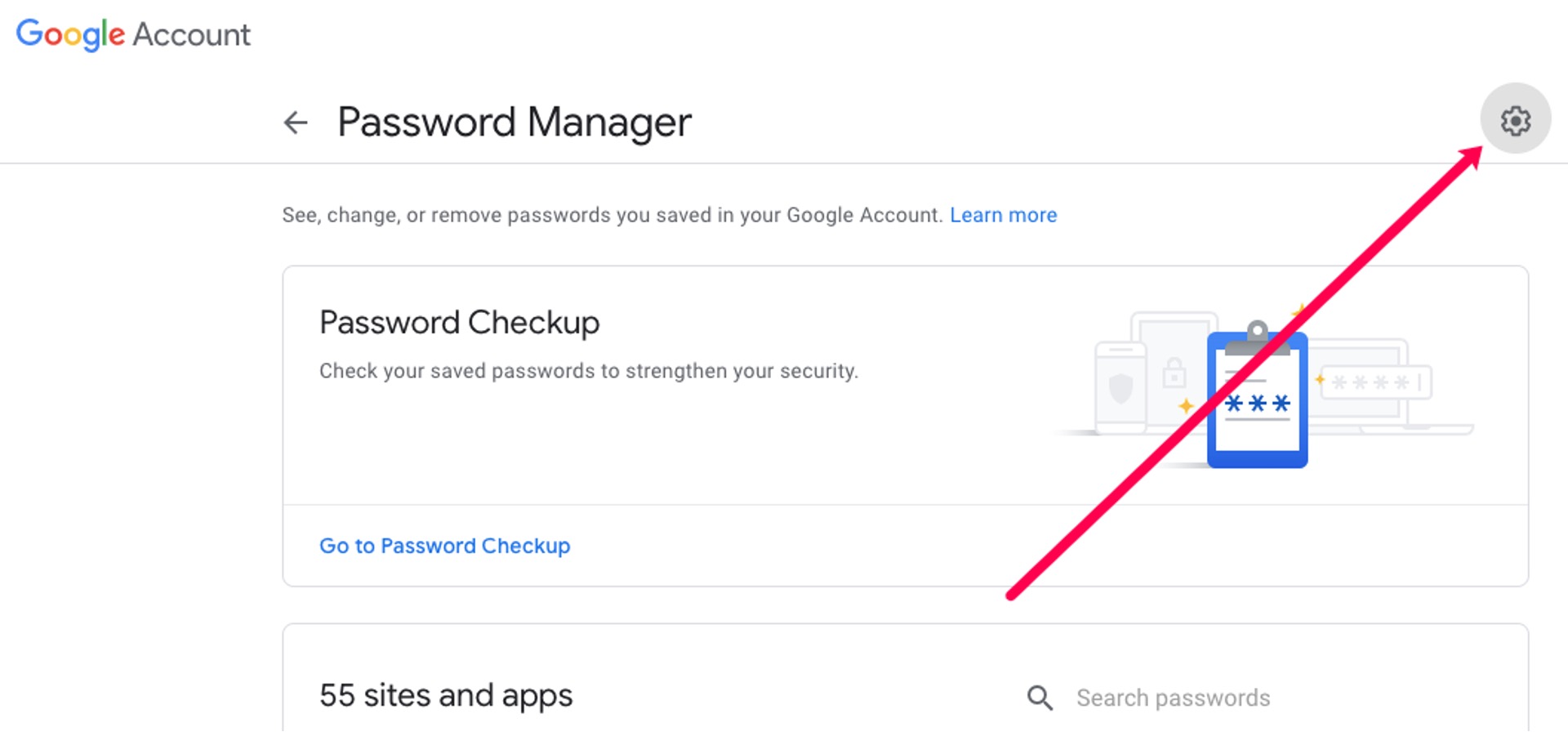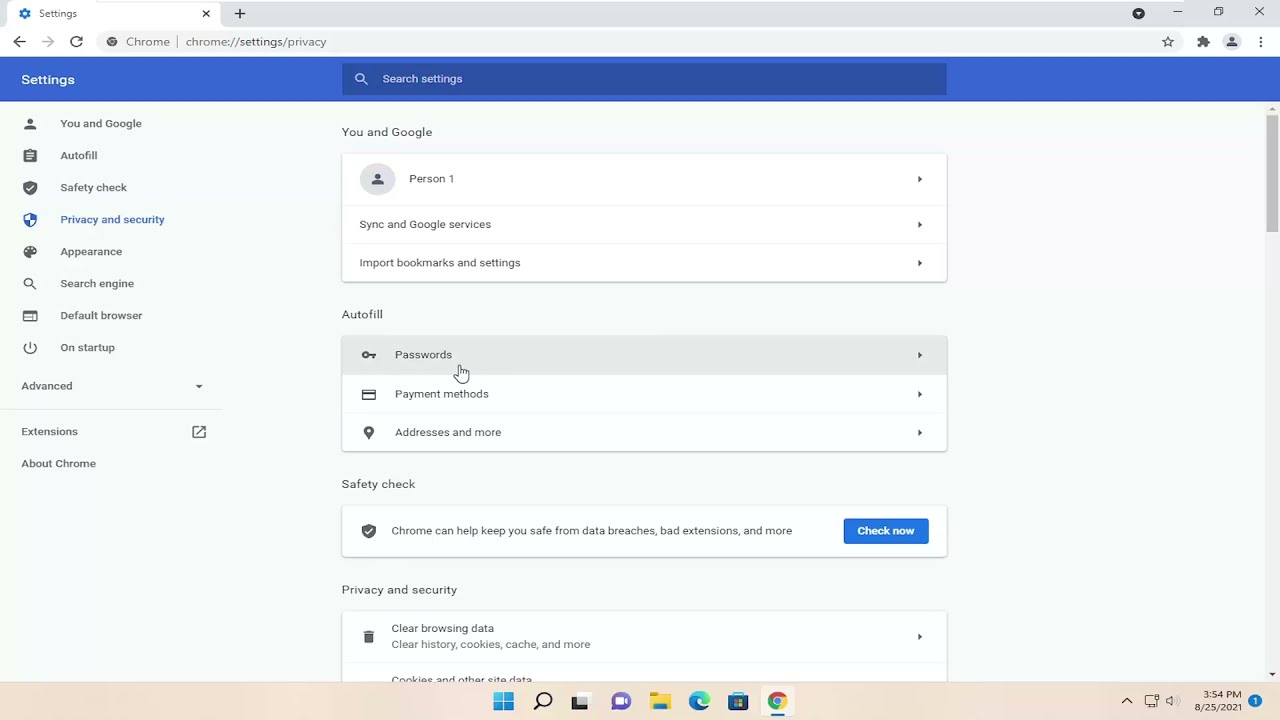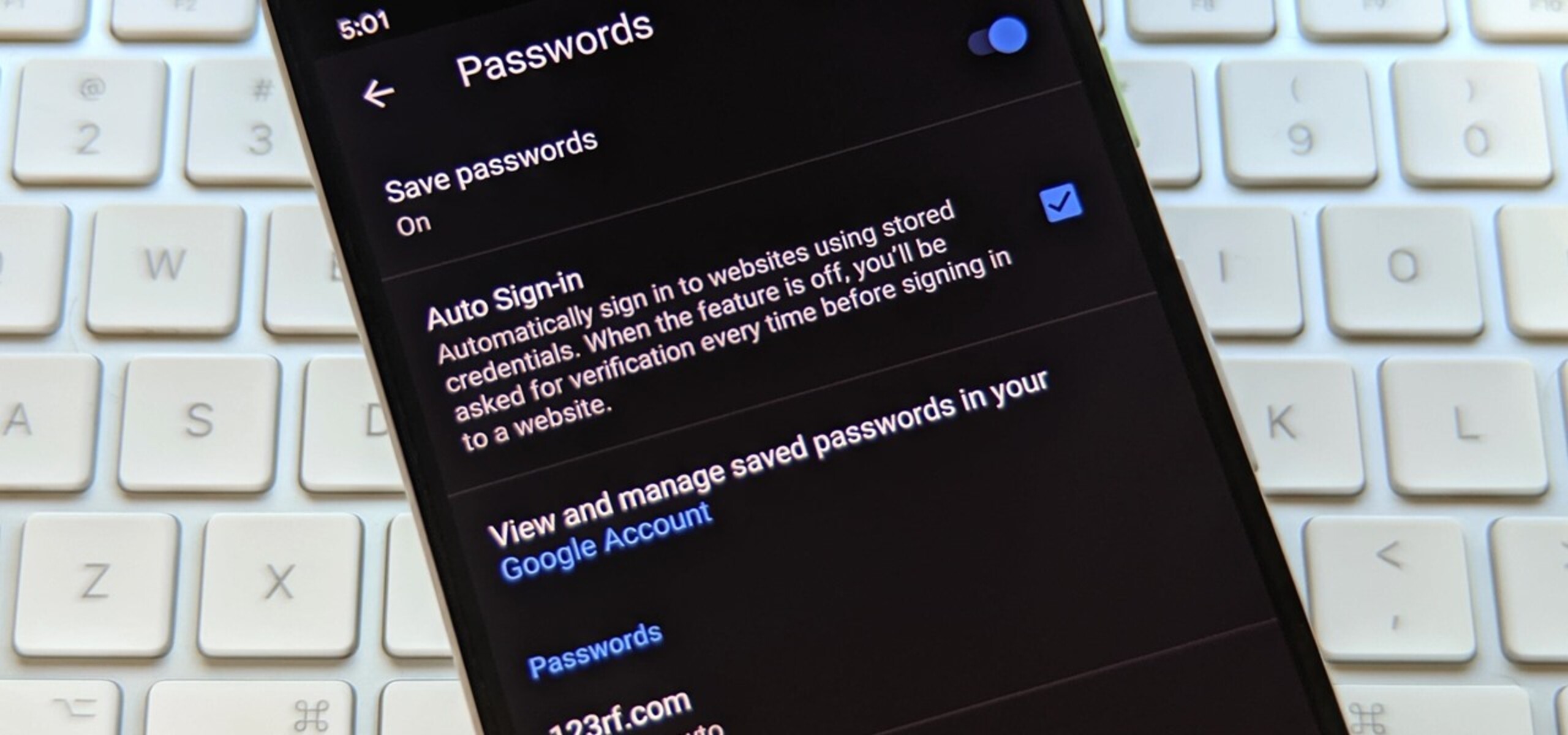Introduction
Google Chrome is one of the most popular web browsers globally, known for its user-friendly interface and robust features. One such feature is the ability to save passwords for various websites, allowing users to conveniently log in without having to remember or manually enter their credentials each time. While this feature offers convenience, there are instances where users may need to remove saved passwords from Google Chrome. Whether it's for security reasons, account management, or simply wanting to declutter saved credentials, knowing how to remove saved passwords is a valuable skill for Chrome users.
In this article, we will explore the process of removing saved passwords from Google Chrome, providing step-by-step guidance to ensure a seamless experience. Additionally, we will delve into managing saved passwords, offering insights into best practices for maintaining a secure and organized password repository within the browser. By the end of this article, you will have a comprehensive understanding of how to effectively manage and remove saved passwords from Google Chrome, empowering you to take control of your online security and browsing experience.
Accessing the Passwords Settings
Accessing the passwords settings in Google Chrome is a straightforward process that allows users to view, edit, and remove saved passwords. By accessing this feature, users can gain insight into the credentials stored by the browser and make necessary adjustments to their saved passwords. Here's how to access the passwords settings in Google Chrome:
-
Open Google Chrome: Launch the Google Chrome web browser on your computer or mobile device. Ensure that you are using the latest version of Chrome to access the most up-to-date features and security enhancements.
-
Navigate to the Settings Menu: Click on the three-dot menu icon located in the top-right corner of the browser window. This will open a dropdown menu with various options for customizing and managing Chrome's settings.
-
Access the Settings Page: From the dropdown menu, select "Settings." This will open a new tab with a range of settings and customization options for Google Chrome.
-
Locate and Click on "Passwords": Within the Settings page, scroll down or use the search bar to locate the "Passwords" section. Click on "Passwords" to access the password management settings.
-
View and Manage Saved Passwords: Upon accessing the "Passwords" section, you will be presented with a list of websites for which Chrome has saved your passwords. Here, you can view, edit, or remove saved passwords as needed.
By following these steps, users can easily access the passwords settings in Google Chrome, enabling them to manage their saved credentials effectively. This accessibility empowers users to maintain control over their stored passwords, ensuring a secure and organized browsing experience.
Accessing the passwords settings in Google Chrome is a fundamental aspect of maintaining a secure and organized browsing experience. By familiarizing yourself with this process, you can confidently manage your saved passwords, enhancing both security and convenience within the browser.
Removing Saved Passwords
Removing saved passwords from Google Chrome is a simple yet essential task for maintaining security and managing your browsing experience. Whether you're updating credentials, decluttering saved passwords, or addressing security concerns, knowing how to remove saved passwords is a valuable skill for Chrome users. Here's a detailed guide on how to effectively remove saved passwords from Google Chrome:
-
Access the Passwords Settings: As mentioned earlier, navigate to the "Passwords" section within the Chrome settings. Here, you will find a list of websites for which Chrome has saved your passwords.
-
Identify the Password to Remove: Scan through the list of saved passwords and identify the specific website or account for which you want to remove the saved password. Click on the three-dot menu or the "More options" icon next to the respective entry to reveal additional actions.
-
Select "Remove": After clicking on the three-dot menu, a dropdown menu will appear with various options. Choose "Remove" to initiate the removal of the saved password for the selected website or account.
-
Confirmation Prompt: Upon selecting "Remove," Chrome will prompt you to confirm the action. This serves as a safeguard against accidental removal of passwords. Confirm the removal to proceed.
-
Password Successfully Removed: Once confirmed, the saved password for the selected website or account will be permanently removed from Chrome's storage. You will no longer be able to automatically log in to that website using the previously saved credentials.
By following these steps, you can effectively remove saved passwords from Google Chrome, ensuring that your stored credentials remain up to date and reflective of your current online accounts. This process empowers users to maintain control over their saved passwords, promoting a secure and organized browsing experience.
It's important to note that after removing a saved password, you will need to manually enter your credentials the next time you visit the respective website. Additionally, Chrome may prompt you to save the new login information, providing the option to update the saved password if desired.
By understanding and implementing the process of removing saved passwords from Google Chrome, users can proactively manage their online security and browsing convenience. This knowledge equips users with the ability to maintain an organized and secure repository of saved passwords within the browser, aligning with best practices for effective password management.
Managing Saved Passwords
Managing saved passwords in Google Chrome goes beyond simply removing or updating individual credentials. It involves adopting proactive measures to ensure the security, organization, and accessibility of your stored passwords. By implementing best practices for managing saved passwords, users can optimize their browsing experience while prioritizing online security. Here's a comprehensive overview of managing saved passwords in Google Chrome:
Utilize Password Manager
Google Chrome features a built-in password manager that securely stores and auto-fills your login credentials for various websites. Leveraging this password manager allows for centralized management of saved passwords, streamlining the login process and enhancing convenience. Additionally, the password manager can generate strong, unique passwords for new accounts, further bolstering security.
Regularly Review Saved Passwords
Periodically reviewing your saved passwords within Chrome's settings is crucial for maintaining an accurate and secure repository. By regularly auditing your saved passwords, you can identify outdated or redundant credentials, ensuring that your stored information aligns with your current online accounts. This practice also enables you to remove any saved passwords associated with unused or obsolete accounts, minimizing potential security risks.
Enable Two-Factor Authentication (2FA)
In addition to managing saved passwords, implementing two-factor authentication (2FA) for your online accounts adds an extra layer of security. By enabling 2FA, even if a saved password is compromised, unauthorized access to your accounts is significantly mitigated. Google Chrome's password manager seamlessly integrates with 2FA, providing a comprehensive approach to safeguarding your online accounts.
Secure Password Sync Across Devices
For users who utilize Chrome across multiple devices, such as desktops, laptops, and mobile devices, ensuring secure password synchronization is essential. Chrome's password manager offers seamless synchronization, allowing saved passwords to be securely shared across devices. By managing password sync settings, users can maintain consistency and accessibility while upholding robust security measures.
Implement Strong Master Password
Chrome's password manager allows users to set a master password to access their saved credentials. It is advisable to establish a strong, unique master password to fortify the security of your saved passwords. This serves as an additional barrier against unauthorized access to your stored credentials, enhancing overall protection.
By incorporating these strategies into your approach to managing saved passwords in Google Chrome, you can elevate your online security posture while optimizing the convenience of password management. Embracing proactive and informed practices for managing saved passwords empowers users to navigate the digital landscape with confidence, knowing that their online accounts are safeguarded and easily accessible.
This comprehensive approach to managing saved passwords aligns with industry best practices, reinforcing the importance of maintaining a secure and organized password repository within Google Chrome. By prioritizing effective password management, users can navigate the digital landscape with confidence, knowing that their online accounts are safeguarded and easily accessible.
Conclusion
In conclusion, the ability to remove and manage saved passwords in Google Chrome is a fundamental aspect of maintaining a secure and organized browsing experience. By understanding the process of accessing the passwords settings and effectively removing saved passwords, users can take control of their online security and account management. Furthermore, implementing proactive strategies for managing saved passwords within Chrome empowers users to optimize their browsing convenience while prioritizing robust security measures.
As technology continues to play an increasingly integral role in our daily lives, the importance of safeguarding our online accounts cannot be overstated. The seamless integration of password management features within Google Chrome provides users with the tools to maintain a secure and organized repository of saved passwords. By leveraging these features, users can navigate the digital landscape with confidence, knowing that their online accounts are protected and easily accessible.
It is essential to recognize that effective password management extends beyond the realm of removing and updating saved passwords. Proactive measures, such as utilizing the built-in password manager, regularly reviewing saved passwords, enabling two-factor authentication, securing password synchronization across devices, and implementing a strong master password, collectively contribute to a comprehensive approach to managing saved passwords within Google Chrome.
By embracing these best practices, users can fortify their online security posture while streamlining the login process and enhancing browsing convenience. The seamless integration of these strategies aligns with industry-recommended approaches to password management, reflecting a proactive and informed stance toward online security.
In essence, the process of removing and managing saved passwords in Google Chrome empowers users to navigate the digital landscape with confidence and peace of mind. By staying informed and proactive in managing saved passwords, users can uphold the integrity of their online accounts while enjoying a streamlined and secure browsing experience. As technology continues to evolve, the significance of effective password management remains paramount, making it essential for users to equip themselves with the knowledge and tools necessary to safeguard their digital identities.

























